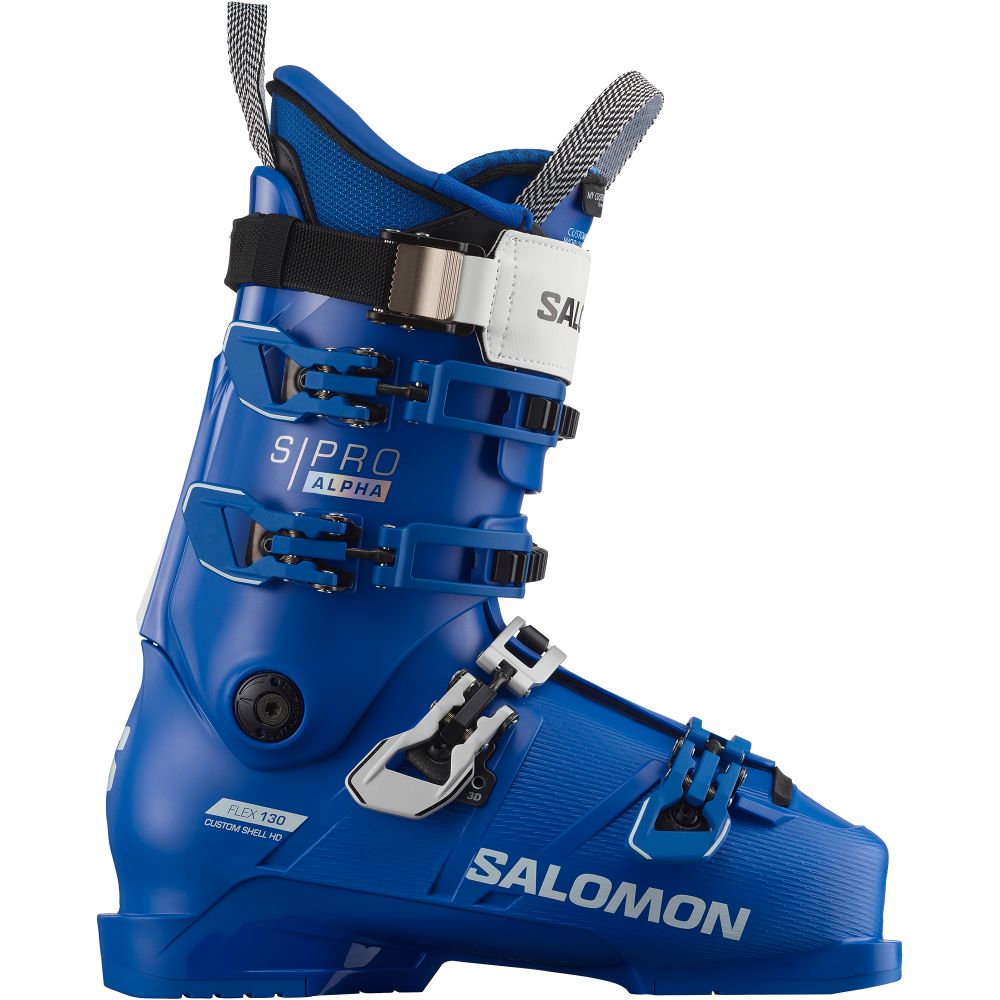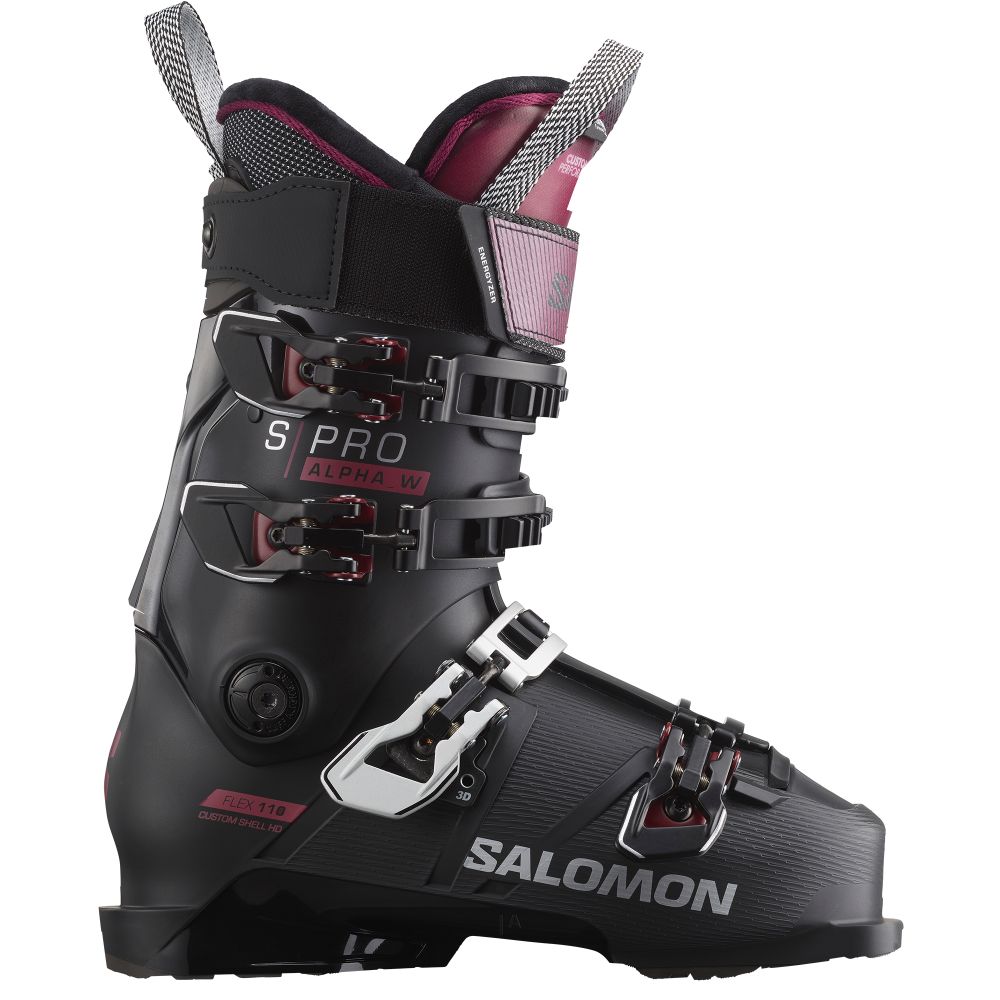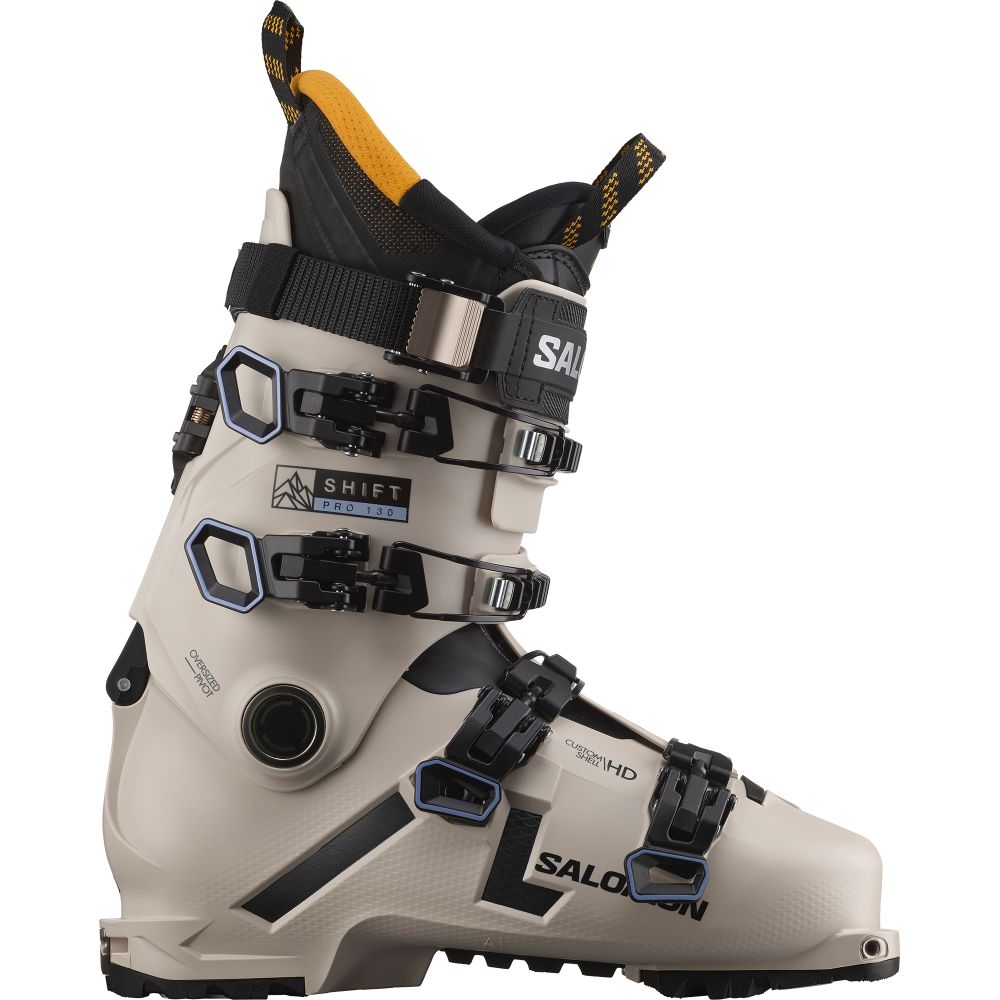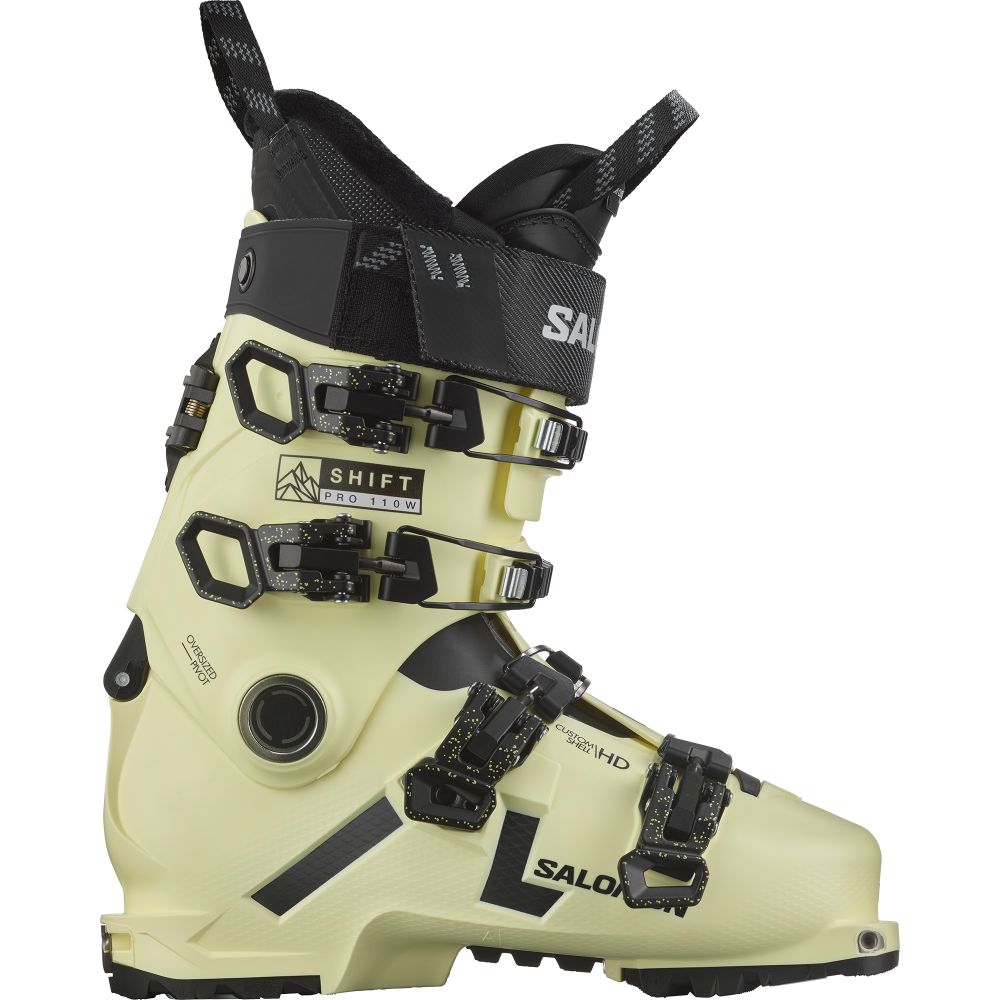2023 Salomon Boot Brand Profile
I was one of the many midwives who attended at the birth of the Salomon boot in 1979. I translated Salomon’s encyclopedic Boot Bible into English and later condensed parts of it into one of the first bootfitting manuals. I trained the North American field force, holding them hostage at the Parker House in Boston for weeks on end until they were ready to storm the marketplace.
I mention this not merely due to my bottomless narcissism and sepia-toned nostalgia, but because I don’t want to disguise my history with the brand.
When I was a product manager at Salomon with responsibility for the North American zone, it was a very different ski marketplace and Salomon was a completely different company. It took Salomon several generations of non-rear-entry designs to eradicate the stigma associated with its convenient-entry roots. While Salomon continues to experiment with shell structures – witness QST Pro and S/Lab construction – its bread-and-butter boots are all variations on a 4-buckle overlap theme.
Once Salomon accepted that its credibility depended on adopting the market’s de facto standard design, it re-fired the engines of innovation, a process that eventually led to Custom Fit. Originally just a heat-deformable panel on either side of the forefoot, Custom Fit evolved to encompass every aspect of the boot but the sole and spine. The process of molding the entire boot to the customer was slick, efficient and man, did it sell boots. At one time in our recent history, Salomon had the top 7 selling boots in the U.S. That’s ridiculous, and unsustainable. The next year, it only had the top five.
No one gets to own the world forever, but if Tecnica or Head or Nordica wants to be number one they’ll have to wrest the crown from Salomon as it isn’t about to surrender it voluntarily. Four years ago, the narrow-lasted X-Max collection was retired in favor of S/Max, with a familiar last but very new shell and cuff. The new shells were super lightweight and so close fitting they felt like they’d been painted on. The flagship S/Max Carbon was eerily lightweight yet dug trenches and rebounded like it was made of equal parts titanium and TNT.
The S/Max wasn’t just a tweaked X-Max. I was different. (The S/Race (92mm last) was also new in 2019, but let’s stay on point.) The mono-injected frame delivers the snow feel of the best race boots, and the closeness of the light shell makes it feel even less like a foreign object and more like a second skin.
In 2020, Salomon applied the S/Max makeover machine to its wheelhouse, medium-width Pro series. S/Pro was a complete redesign, with a new last, new plastic and new shell/cuff structure. By mixing the elastomer that makes shell customization possible into the PU pellet, the new material more evenly distributes the two components. The net effect is the total heating time is down to two minutes, with the same, near miraculous results.
But material and customization facility are only part of the story. The power in the new design came from an asymmetric stirrup of super-stiff material that ran up into the cuff and wrapped under the heel. Every shell size had its own specific left and right Coreframes, so all components meshed perfectly. The 100mm last was raised 2mm over the instep; if more room were required, the entire cuff was Custom Shell, i.e., expandable by up to 5mm around the ankle. The S/Pro liner was redesigned to move all seams away from critical fit zones.
Since the debut of Custom Fit, Salomon has depended on its ability to expand shell volume to handle wide feet. Finally, in 2021 it added a wide chassis, the S/Pro HV, to its Alpine fleet. All the features that make S/Pro work so well for medium-volume feet are now available to those unfortunates with flippers for feet.
Not all brands – or veteran bootfitters – are fans of heat-molding shells. (BTW, everybody’s liners are heat-moldable, without exception.) Yet it’s hard for this observer and practitioner to see how the conscientious application of this technology is anything but beneficial. It won’t solve all boot-fit and/or stance problems, nor will it solve world hunger, but it sure solves any routine fit issues.
Salomon isn’t a core backcountry boot brand like Scarpa or Black Diamond so it has no inherent cachet with the BC crowd, but Salomon doesn’t enter a category to be average and does the necessary research to break fast from the gate. It was only a few seasons ago that Salomon got serious about backcountry with MTN Lab; now its S/Lab MTN models are industry benchmarks. For 2021, Salomon adapted its S/Pro last and shell design to the touring market, creating the Shift Pro AT collection. With GripWalk soles, tech inserts, Surelock hike mode and weighing only 1.67kg, it behaved like an AT boot going uphill and like an Alpine boot on descent.
In 2023, Salomon continues its assault on the touring market with the S/Lab MTN Summit, conceived with environmental sustainability in mind. Along with two new flagship Alpine models – S/Pro Alpha 130 EL and Shift Pro 130 – the S/Lab MTN Summit comes in a unisex size range that begins at a genuine size 22.
For in-resort Alpine skiers, the latest and greatest in 2023 will be the S/Pro Alpha 130. The 98mm-lasted shell is still a four-buckle overlap design, but its walls are thinner, particularly over the instep, where the forefoot buckles have been re-positioned both to improve heel hold and mitigate pressure over the cuneiforms. This important change in shell structure has also been applied to the new S/Race2 140 WC, whose lightweight design challenges conventional wisdom about material stiffness in race boots. Part of the customization package on both flagship Alpine designs is a detachable tongue that puts the finishing touches on total personalization.




